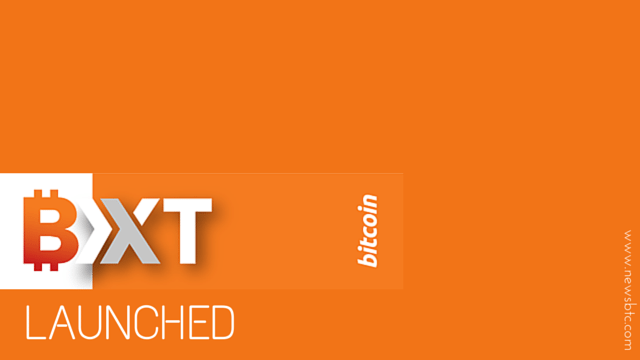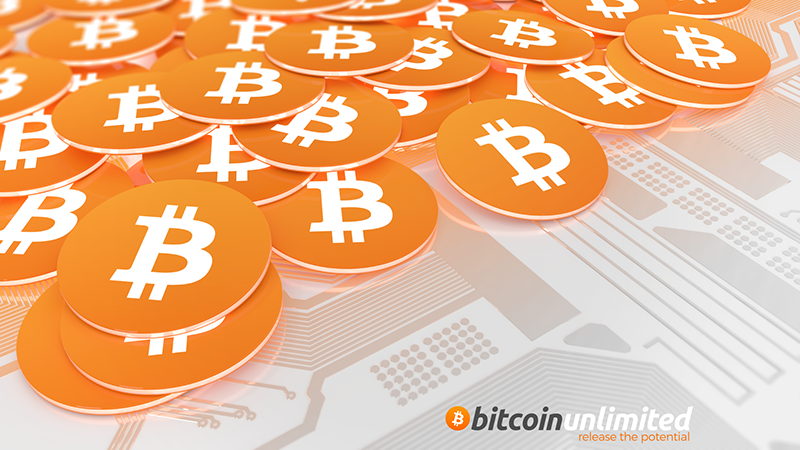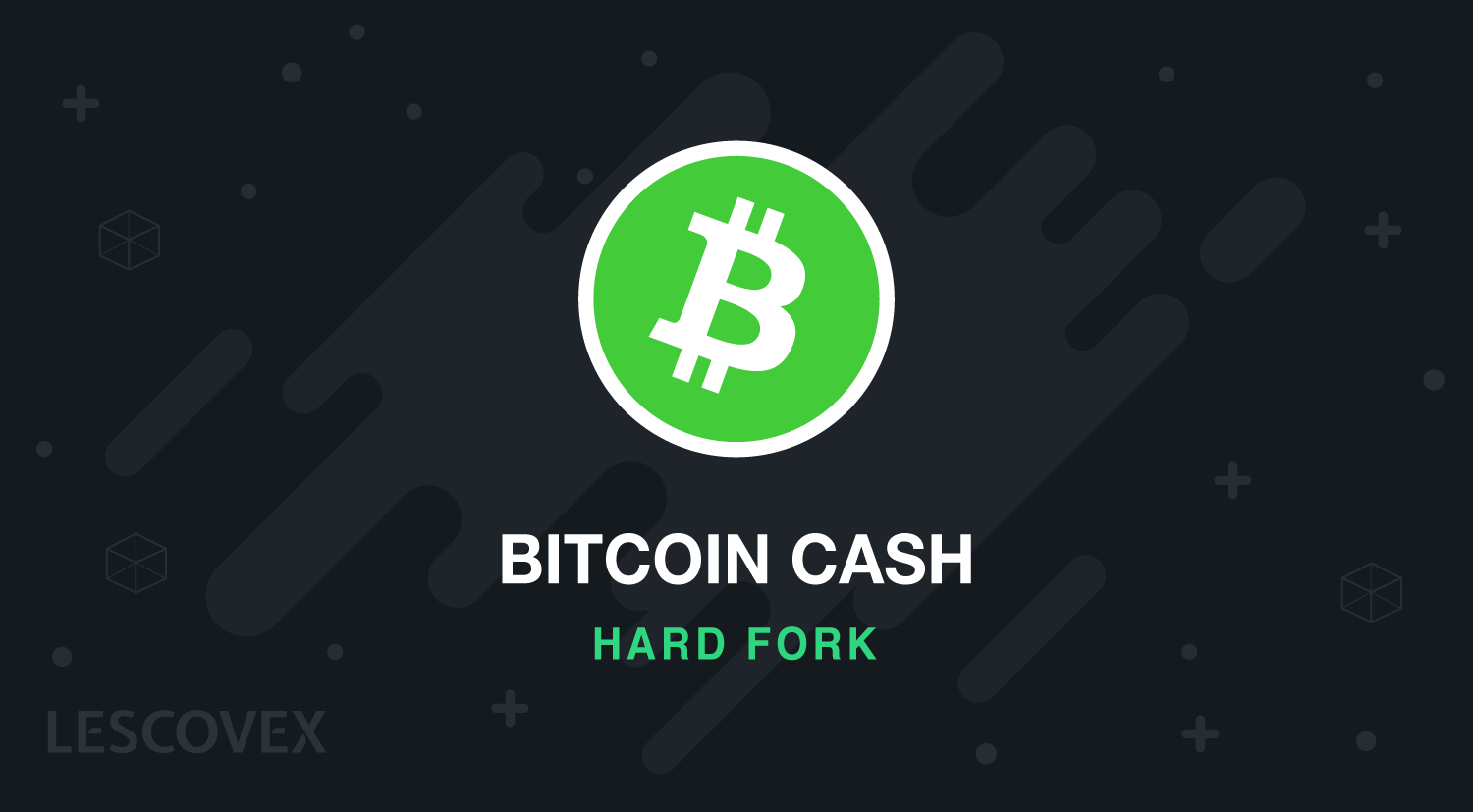Send Nudes (https://sendnudes.chat), a popular sexting, adult content chat app, has been one of the more unexpected success stories for the blockchain industry. The app has begun taking crypto payments, including Bitcoin, Ethereum, as well as other cryptos.
The Send Nudes Story
Following a successful crowdfunding campaign, the app’s developers spent the last six months building the platform to attract a growing community of users — and then released the app’s beta release on a brand new website.
Since then, the company has built a solid user base and community. More importantly, Send Nudes has set an industry precedent for two things: first, that developers, entrepreneurs, and developers can create viable, sex-based apps. Second, that they can be distributed through an app store, such as Google Play and iOS App Store.
Indeed, Send Nudes has received wide praise for this model, including a recent article by Buzzfeed, stating that sex apps can “make a real profit”.
“Everything we see is a token of our triumphs,” CEO Gary Loveless said in a recent CoinDesk interview.
Then, Send Nudes changed the game, announcing that it would begin accepting bitcoin payments.
“We couldn’t be happier with our new partnership with BitPay and our new way of paying,” said Loveless. “It’s never been easier to send people premium porn videos.”
Notably, the new service allows users to use the app, regardless of whether they already have an Android or iOS wallet. The company’s technical team designed Send Nudes to work using their own crypto payments network, to remove the need to use exchanges for small amounts of bitcoin.
Another advantage: with Send Nudes, users will be able to keep their privacy by having no cryptocurrency wallet address displayed on the blockchain and by keeping all of the transactions in “their own hands”, in Loveless’s words.
How Send Nudes Works
Send Nudes is a sexting app. It’s made for people to browse nude photos and videos uploaded by other users, as well as interact through messages and sending their own nude photos back.
To send nude photos, users will need to manually upload the photos to the Send Nudes servers — no digital currency is needed.
What’s happening to the photos you send? The photos are permanently stored in the Send Nudes servers, although users can request to have them deleted.
By default, Send Nudes will give the sender the option to not allow screenshots of the sender’s nudes, as well as set an expiration for how long they can be viewed.
“Send Nudes is no longer targeting just Android or iOS users,” Loveless told CoinDesk. “We have a lot of new users on the web that we are catering to, so we built the platform with a lot of web users in mind.”
Should you try Send Nudes?
If you are a fan of sexting apps, and like the idea of buying and sending premium porn videos, then this is likely the app for you. As Send Nudes states, the app “offers everything in one place.”
To use the service, download it from the App Store or Google Play, or find the download on their website. Once installed, you will need to login using a phone number and a link sent to you by the service. Once you do, you can browse nudes, start sexting, and you can upload nude photos and videos
of your own.





